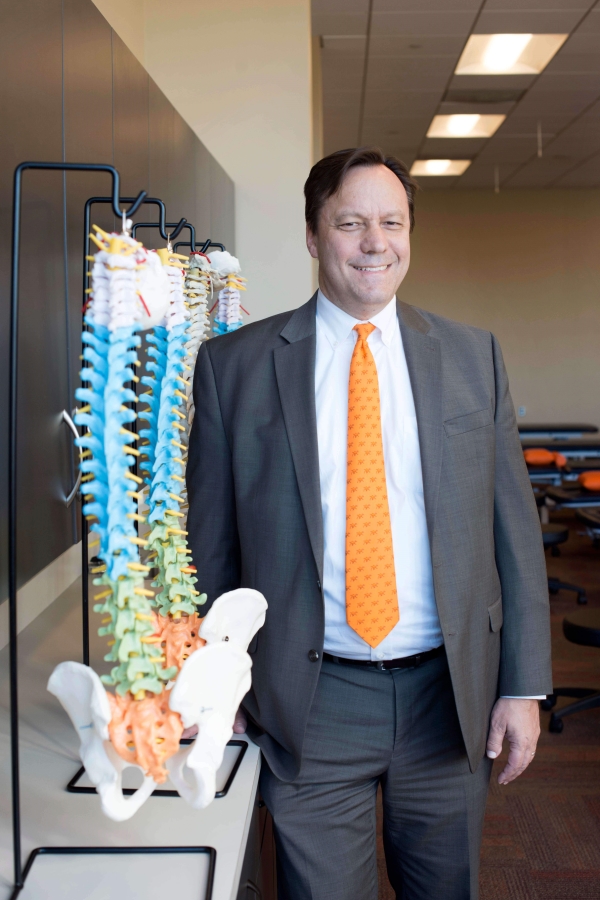
Campbell University receives $1.1 million for osteopathic research
By Staff Report, posted Jan 13, 2022 on BizFayetteville.com

Thanks to the research of a Campbell University professor, the school just received a massive financial gift.
Dr. Tom Motyka is an associate professor and chair of Osteopathic Manipulative Medicine at Campbell University conducting research on musculoskeletal dysfunction and pain.
Due to the extensiveness of the research, a philanthropic gift of 1.1 million dollars was made to support Motyka and the creation of an Osteopathic Research Fellowship.
The fellowship will provide medical students with funding and support for projects that relate to musculoskeletal dysfunction and pain research. If students decide to participate in the fellowship it will serve as a gap year program and further the training and experience in research specific to osteopathic medicine.
The first fellow, Student Doctor Caliee Dean, started her fellowship in July and will continue throughout the rest of the 2021-2022 academic year.
“As a rising third-year student, she completed Sim Month and passed her boards. Then, she totally changed her life in a matter of a few weeks. She was set to start rotations, but once we were able to offer her the fellowship, she quickly moved back and changed her plans,” Motyka expressed.
As the inaugural fellow, Dean is participating in several research projects, teaching in the Osteopathic Manipulative Medicine labs for first- and second-year medical students, and shadowing Moytka in the clinic to receive training and practice.
Motyka serves as the head of the fellowship; however, other members of the Campbell Medicine faculty, Drs. Gish, Foster, Petrovic, and Hunkelman – are also serving as principal investigators in research of osteopathic principles and treatments.
“All of the projects relate to musculoskeletal dysfunction and pain; we're planning projects to examine the mechanisms of prolotherapy and dextrose injections in an animal model along with a variety of other projects including motion capture in human subjects. Some work has previously been done in humans, but nobody understands the mechanism by which this works, so we're seeking to understand the mechanism,” Motyka shared.
Copyright © 2026
Enhanced Media Management Inc. dba
Greater Fayetteville Business Journal
This story may be displayed, reformatted and printed for your personal, noncommercial use only and in
accordance with our Terms of Service located at https://bizfayetteville.com/useragreement.